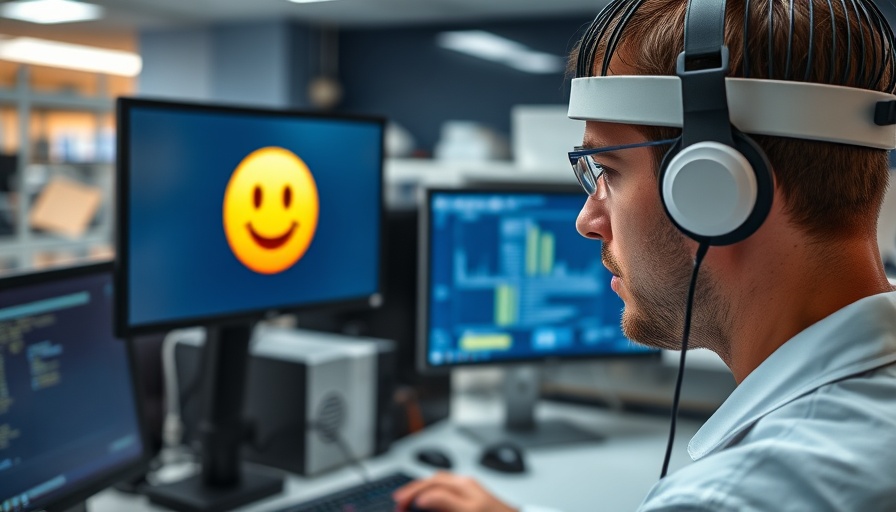
The Neuroscience Behind Our Perception of Faces
Understanding how we perceive faces is fundamental to social interaction and effective communication. Researchers at the University of Toronto Scarborough recently shed light on this intricate process through studies that combine advanced artificial intelligence (AI) and brain activity analysis. Their findings center around the Other-Race Effect (ORE), which highlights our propensity to recognize faces from our own racial group more easily than those from different backgrounds.
What is the Other-Race Effect?
The ORE is a well-documented psychological phenomenon where individuals demonstrate a significant bias in recognizing faces based on racial categories. Acknowledging this bias is crucial for professionals in various fields, from law enforcement to healthcare, where misrecognition can have serious implications. According to co-author Adrian Nestor, recognizing faces accurately is essential, as it can influence our interactions and behaviors toward others.
AI Meets EEG: Uncovering Hidden Biases
The groundbreaking research utilized a combination of electroencephalography (EEG) and generative adversarial networks (GANs) to investigate how individuals mentally process faces from their own race versus those from other races. One study involved two groups of participants—one East Asian and one White—who were tasked with evaluating facial similarities. The researchers found that faces from the same race were not only recognized more readily but also reconstructed more accurately in their mental imagery.
The Surprising Age Factor in Recognition
Interestingly, when participants viewed faces from other races, their reconstructions appeared younger compared to those of their own race. This could indicate underlying biases affecting not only recognition but also the perception of traits associated with age and vitality, potentially shaping societal stereotypes.
Brain Activity Insights: First Impressions Matter
In the second study, which focused on brain activity within the first 600 milliseconds of face exposure, the researchers captured the initial cognitive responses that might explain the ORE. This rapid processing phase is critical because first impressions can significantly influence subsequent interactions. Understanding these initial biases could provide us with practical insights into improving social cohesion and inclusivity.
Implications for Community Health and Wellness
The findings of this research extend beyond psychology into the realms of community health and wellness. By addressing biases in face recognition, we can foster environments that encourage inclusivity and understanding. Programs promoting diverse community interactions or workshops focused on empathy and cross-cultural communication can play an essential role in mitigating these biases.
Going Forward: Why Understanding Our Biases is Vital
Recognizing our biases is the first step toward corrective actions. The combination of AI and neuroscience offers a robust framework for understanding how we perceive differences among racial groups. As communities strive for better health and wellness, integrating this knowledge into educational systems and workplace training can lead to significant improvements in social equality and cohesion.
Acting on Insights: Steps Toward Inclusivity
Combining insights from this research with initiatives focused on community health can catalyze tangible progress. Actively engaging in health and wellness events, participating in workshops, or promoting local diversity programs can help mitigate the effects of bias in social settings. Everyone has a role to play in fostering a more inclusive society.
By embracing these findings and nurturing a community commitment to ongoing education about biases and perceptions, we can improve our understanding of each other and work towards a united, healthier future.
 Add Row
Add Row  Add
Add 




 Add Row
Add Row  Add
Add 


Write A Comment